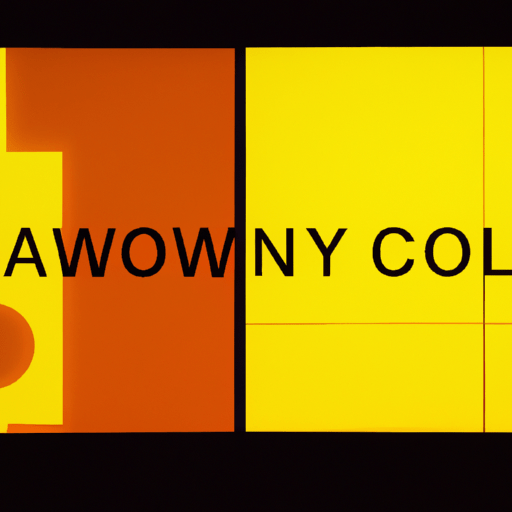
-
Table of Contents
Wim Crouwel: A Pioneer in Graphic Design

Wim Crouwel, born on November 21, 1928, in Groningen, Netherlands, is a renowned Dutch graphic designer and typographer. His innovative approach to design and his contributions to the field have made him a significant figure in the world of graphic design. This article explores the life, work, and impact of Wim Crouwel, highlighting his unique style, notable projects, and lasting influence on the design industry.
Early Life and Education
Wim Crouwel’s passion for design began at an early age. Growing up in a creative household, he was exposed to art and design from a young age. His father, a painter, and his mother, a weaver, instilled in him a love for aesthetics and craftsmanship.
After completing his secondary education, Crouwel enrolled at the Minerva Academy in Groningen, where he studied fine art and painting. However, it was during his time at the Academy that he discovered his true passion for graphic design. Inspired by the works of influential designers such as Jan Tschichold and Paul Schuitema, Crouwel decided to pursue a career in this field.
Founding the Total Design Studio
In 1963, Wim Crouwel co-founded the Total Design studio in Amsterdam, along with Benno Wissing, Friso Kramer, and Paul and Dick Schwarz. The studio quickly gained recognition for its multidisciplinary approach to design, combining graphic design, industrial design, and architecture.
Under Crouwel’s leadership, Total Design became one of the most influential design studios in the Netherlands. The team worked on various projects, including corporate identities, exhibition designs, and product packaging. Their work was characterized by a minimalist and functionalist aesthetic, which would become a hallmark of Crouwel’s style.
The New Alphabet: A Revolutionary Typeface
One of Wim Crouwel’s most significant contributions to the field of graphic design is his creation of the New Alphabet typeface. Developed in 1967, the New Alphabet was a radical departure from traditional typefaces, challenging the conventions of legibility.
The New Alphabet was designed for use with computer technology, which was still in its infancy at the time. Crouwel aimed to create a typeface that could be easily read by machines, as well as humans. The result was a set of geometric, grid-based characters that pushed the boundaries of legibility.
While the New Alphabet was not widely adopted for general use, it had a profound impact on the design community. It sparked a debate about the role of legibility in typography and paved the way for experimental typefaces in the digital age.
Exhibition Design and Museum Work
In addition to his work at Total Design, Wim Crouwel made significant contributions to exhibition design and museum work. He believed that design should not only be aesthetically pleasing but also serve a functional purpose in guiding visitors through a space.
Crouwel’s approach to exhibition design was characterized by a systematic and grid-based approach. He believed in creating a clear hierarchy of information and using typography and layout to guide visitors through an exhibition.
One of his most notable projects in this field was the design of the Van Abbemuseum in Eindhoven. Crouwel’s design for the museum’s identity and exhibition spaces was highly influential and set a new standard for museum design.
Legacy and Influence
Wim Crouwel’s work continues to inspire and influence designers around the world. His minimalist and functionalist approach to design has had a lasting impact on the field of graphic design.
His emphasis on grid-based layouts, typography, and systematic design principles has become a fundamental part of design education. Many designers today still draw inspiration from Crouwel’s work and incorporate his ideas into their own projects.
Crouwel’s contributions to typography and type design are also significant. His experimental typefaces, such as the New Alphabet, challenged traditional notions of legibility and paved the way for new possibilities in digital typography.
Conclusion
Wim Crouwel’s innovative approach to graphic design and typography has made him a pioneer in the field. His work at Total Design, his creation of the New Alphabet typeface, and his contributions to exhibition design have had a lasting impact on the design industry.
Crouwel’s minimalist and functionalist style, combined with his emphasis on grid-based layouts and typography, continues to shape the way designers approach their work. His legacy as a designer and educator ensures that his influence will be felt for generations to come.
